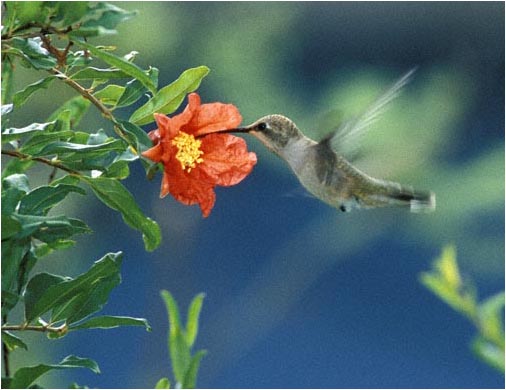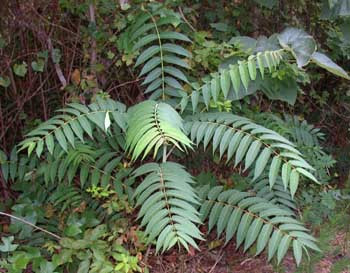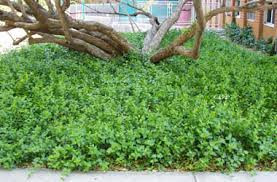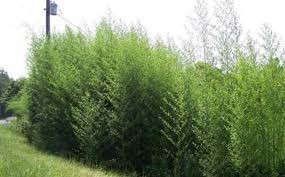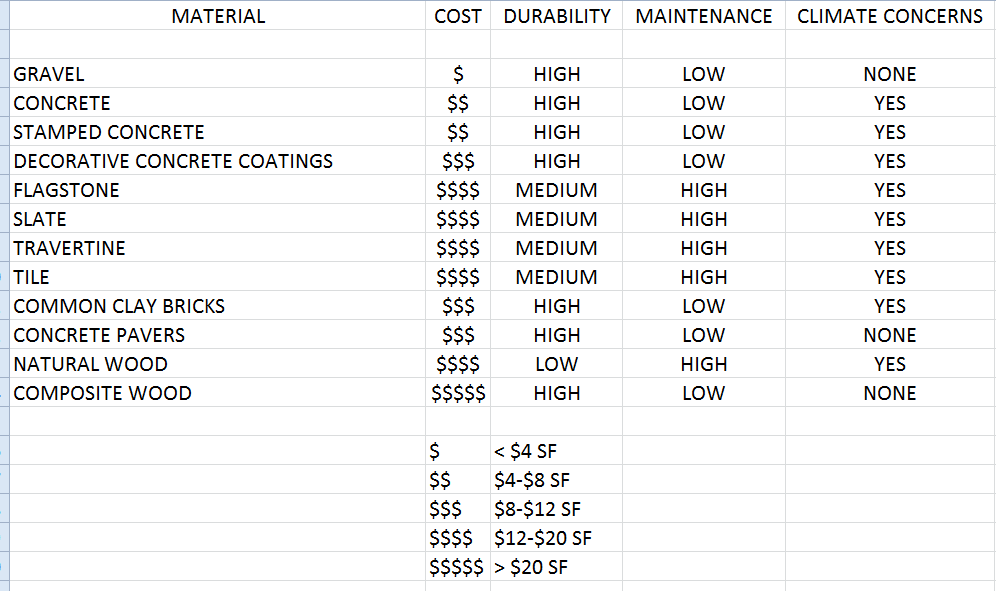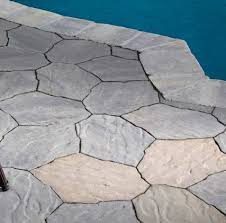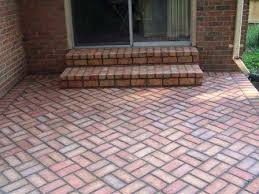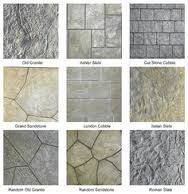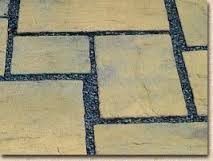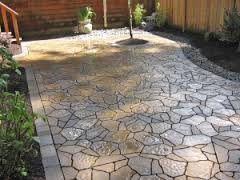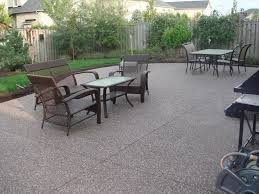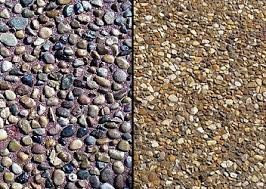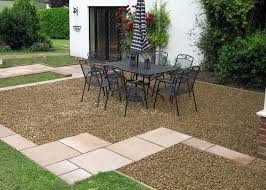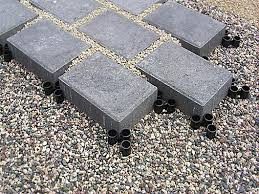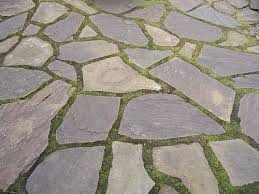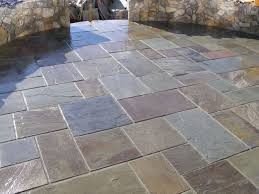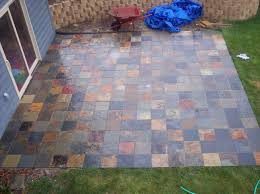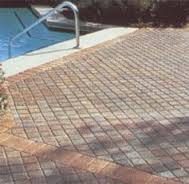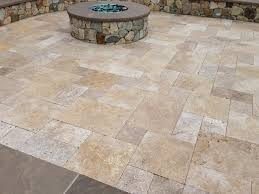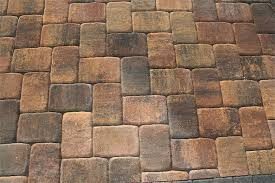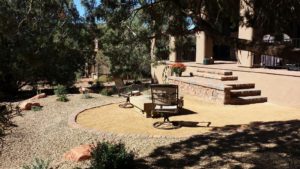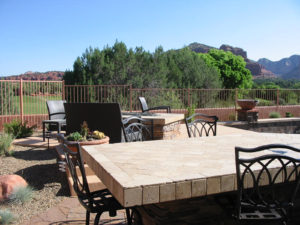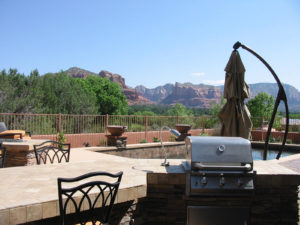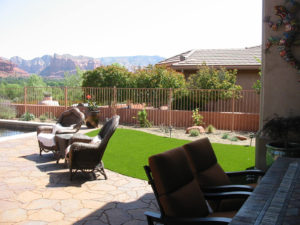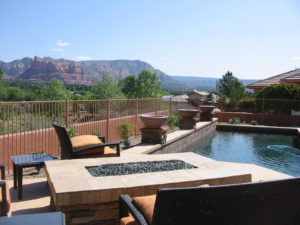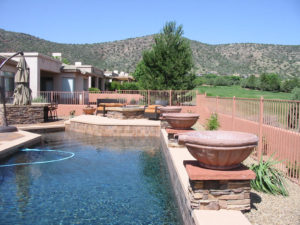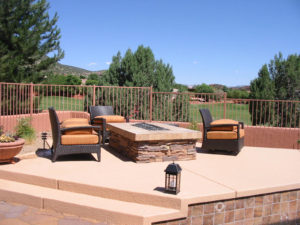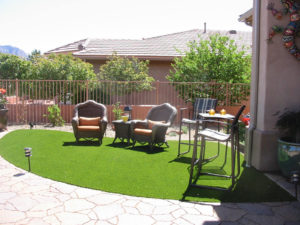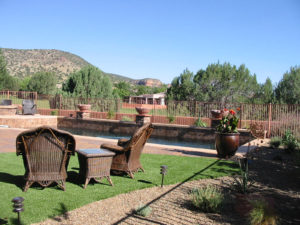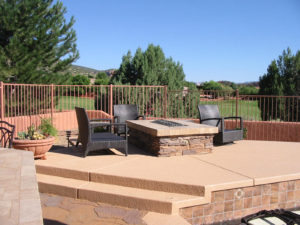Now that you have a list of suitable plants that will grow in the Sedona area (USDA Zone 7), which plants you use will depend on design principles based on the plant’s form and purpose. If you are looking to simply create an area that you will call your hummingbird garden that will be quite easy to design. It would be based on the size of the space as well as the amount of sunlight it gets. But before selecting which plants are suitable for your particular space, let’s look at the general form of each shrub. Not all the plants will be suitable for any space within your garden.
If you want your garden to not look like a hodgepodge of plants, you have to spend some time thinking about this basic principle: Select the right plant and put it in the right place.
What this means is you have to understand the growing requirements of the plants such as how tall and wide do they get, what kind of sunlight do they need and water and soil needs. Also, research and understand the aesthetic characteristics of each plant such as the flower color, texture, size and form.
Once you have a palette of suitable plants to work with, where do you place them? This is the art and science of planting design and there is a process that you must go through to achieve a thoughtfully designed garden.
The key to a successful “hummingbird” garden is to not rely solely on plants that have flowers that attract hummingbirds. Use other plants that provide the necessary structure, form, textural and seasonal interest to your garden. For instance, if you have a 12 x 12 spot that you want to create your hummingbird garden and select all perennials, what will it look like during the winter? A garden in Sedona must be designed with a balance of evergreens and perennials. This balance is key to the placement of the plants.
Start with analyzing your garden, its various spaces, the site conditions such as the amount of sunlight, slope, soil type, existing structures and elements you want to keep. Many of the ridge line properties in Sedona are rocky. You may have to rely on using containers instead. If you have sloped areas, consider using low terraced retaining walls which will allow you to add good soil to plant.
What are the functional elements such as a sitting area, patios, walkways, focal points, fountains or fences that may be included? Laying out the “hard” surfaces will define the areas available for plantings.
Perennial gardens are typically planting beds that are intended to create a flower show. For a hummingbird garden, you may want to designate a certain spot for this special bed or it could be a series of beds that border a walkway. You can also locate specific hummingbird plants throughout the garden so not all the excitement happens in one particular area.
In order to create interest place the plants based primarily on their form. Categorize the forms based on trees, tall shrubs, medium shrubs, low shrubs, ground covers, spiky accents, evergreen vs. deciduous, annual and perennial. Conceptually layout each particular planting area based on the forms, then pay attention to the grouping, the layering and the massing of the plants.
Vertical layering is the escalation of height from the front to the back of a bed or a vantage point in the garden. Small low plants go up close and taller, bolder textures go in the background. Midlevel shrubs go in the middle.
Horizontal layering is the massing of shrubs and the repetition of shrubs to fill up a void. It is not a good idea to create horizontal layering with too much variety. Repetition of the same or similarly formed shrubs is best. You can break up the monotony by using vertical accents to break the linearity of the repeated shrub texture and form. I like to do this with spiky accent shrubs like Liriope, Red Yucca or Agave. Note that the Liriope and Agave are not hummingbird plants. Limiting your plant palette to all hummingbird plants is not a good idea. Use them as accents for when they flower, but not as the primary structure of the garden.
Here is a list of trees and shrubs that will do well in the Sedona area which should form the plant palette that will comprise your Sedona Hummingbird Garden Design.
TREES
Mimosa (deciduous)
Desert Willow (deciduous)
Vitex (deciduous)
Crape Myrtle (deciduous)
Pomegranate (deciduous)
PERENNIALS
Agastache
Bee balm
Canna lily
Daylily
Delphinium
Flame acanthus
Coral bells
Nasturtium
Petunia
Red columbine
Russian Sage
Penstemon
EVERGREEN SHRUBS
Autumn Sage
English lavender
Spanish lavender
Red Yucca
VINES
Halls honeysuckle (semi-evergreen)
Coral honeysuckle (semi-evergreen)
Red Trumpet vine (deciduous)
Include feeders in your Sedona Hummingbird Garden Design
Don’t overlook the use of feeders to provide hummingbirds with a food source in addition to the flowers. Not all flowers will be blooming, nor have sufficient nectar. Place the feeders in shade and/or near sitting areas of to view from inside the house. Having more than one feeder will help attract more hummers. For more information about the use of feeders check out the Sedona Hummingbird Society web site.










